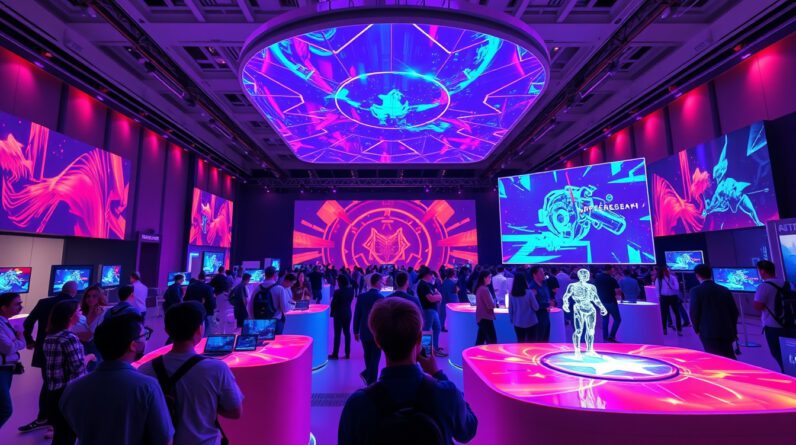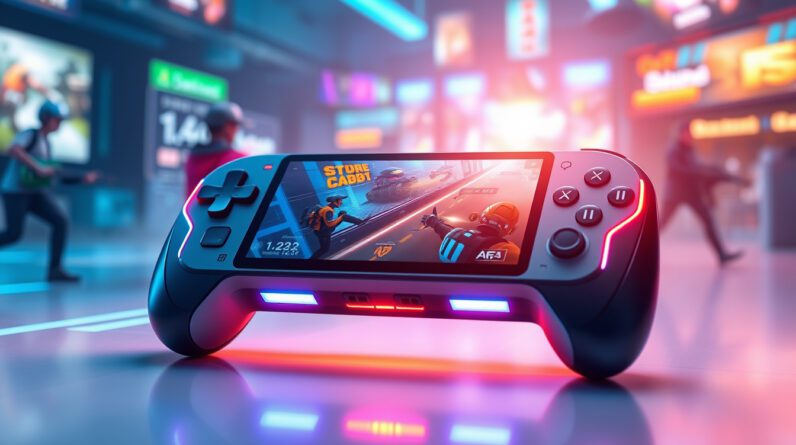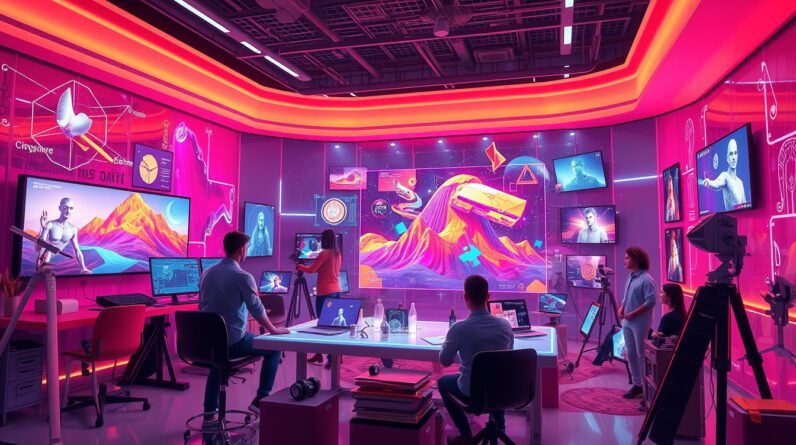
Introduction
The realms of Artificial Intelligence (AI), computer graphics, and design are no longer isolated domains. They are converging, creating a dynamic frontier brimming with creative and innovative potential. This convergence is revolutionizing how we design, create, and interact with the digital world, unlocking unprecedented levels of realism, efficiency, and artistic expression.
AI: The Creative Spark in a Digital Canvas
AI is no longer confined to algorithms crunching data in the background. It’s stepping into the foreground, wielding the brush and shaping the digital canvas. Here’s how:
1. Generative Design: From Concept to Reality
Imagine feeding AI a set of parameters – desired materials, weight limitations, stress points. AI, using algorithms like Generative Adversarial Networks (GANs), can generate countless design iterations, exploring possibilities beyond human capacity. This accelerates the design process, enabling engineers and architects to push boundaries and discover novel solutions.
2. AI-Powered Image & Video Editing: A New Era of Visual Storytelling
AI is transforming how we tell stories visually. Sophisticated algorithms can now generate realistic images and videos, seamlessly edit and enhance existing footage, and even manipulate facial expressions and emotions with startling accuracy. This opens doors for filmmakers, game developers, and marketers to craft immersive experiences that blur the lines between reality and imagination.
3. Personalized User Experiences: Design That Adapts
AI empowers designers to create hyper-personalized experiences. Imagine websites that adapt their layout and content based on user preferences, or apps that generate custom graphics and interfaces tailored to individual tastes. This level of personalization creates more engaging and intuitive interactions, enhancing user satisfaction and loyalty.
Computer Graphics: Painting Reality and Beyond
Computer graphics provide the canvas upon which AI’s creative potential is unleashed. Advancements in this field are key to realizing the visions born from AI algorithms.
1. Photorealism: Bridging the Gap Between Virtual and Real
The pursuit of photorealism in computer graphics has reached astonishing heights. Techniques like ray tracing and physically based rendering simulate the behavior of light with incredible accuracy, creating images and animations virtually indistinguishable from photographs. This level of realism is crucial for applications ranging from architectural visualization to blockbuster films.
2. Real-Time Rendering: Bringing Experiences to Life
Real-time rendering allows for the immediate display of complex graphics, enabling interactive experiences in video games, virtual reality (VR), and augmented reality (AR). As hardware and software continue to evolve, we can expect even more immersive and responsive digital worlds.
3. Virtual Production: Reshaping the Filmmaking Landscape
Combining computer graphics with real-time game engine technology, filmmakers can now create and interact with virtual sets and characters during live-action shoots. This allows for greater creative flexibility, cost savings, and the ability to achieve shots that were previously impossible.
Design: The Human Touch in an AI-Driven World
While AI and computer graphics provide powerful tools, the human element remains essential. Designers play a crucial role in guiding, refining, and adding the spark of ingenuity to AI-generated outputs.
1. Ethical Considerations: Navigating the Uncharted Waters
As AI becomes more prevalent in design, ethical considerations come to the forefront. Designers must grapple with questions of bias in algorithms, the potential displacement of human jobs, and the responsible use of AI-generated content. Open discussions and ethical frameworks are crucial to ensure that AI is used for good.
2. Human-AI Collaboration: A Symbiotic Relationship
The future of design lies not in replacing humans but in fostering a symbiotic relationship between human creativity and AI’s computational power. Designers can leverage AI as a tool to augment their capabilities, freeing up time for higher-level creative thinking, problem-solving, and crafting experiences that resonate emotionally with audiences.
3. The Evolving Role of the Designer: Embracing New Skillsets
The convergence of AI, computer graphics, and design necessitates a shift in the skillsets of designers. Understanding basic coding principles, data visualization, and the capabilities and limitations of AI will be increasingly important. Designers must evolve into hybrid thinkers, comfortable navigating both the technical and creative aspects of this new landscape.
Conclusion: A Future of Boundless Creativity
The convergence of AI, computer graphics, and design is not simply a technological shift; it’s a paradigm shift in how we approach creativity and innovation. As these fields continue to intertwine, we can expect a future where the boundaries of what’s possible are constantly pushed, leading to groundbreaking advancements in entertainment, design, and beyond. The future is bright, filled with the promise of a world where human imagination and artificial intelligence work hand-in-hand to shape a more vibrant and extraordinary future.




